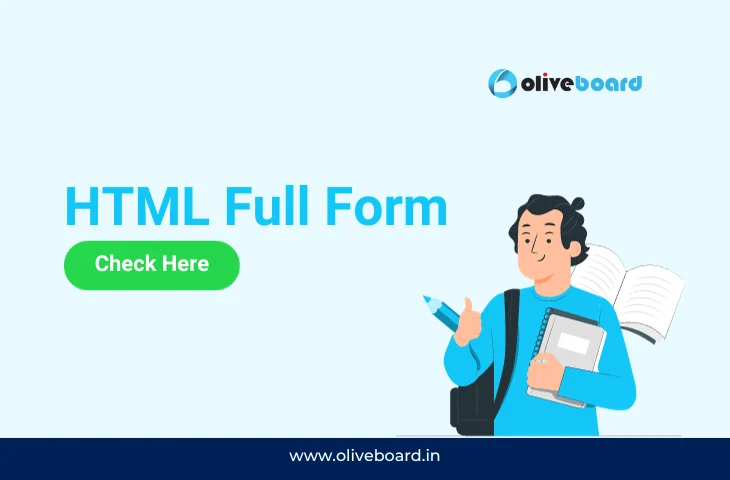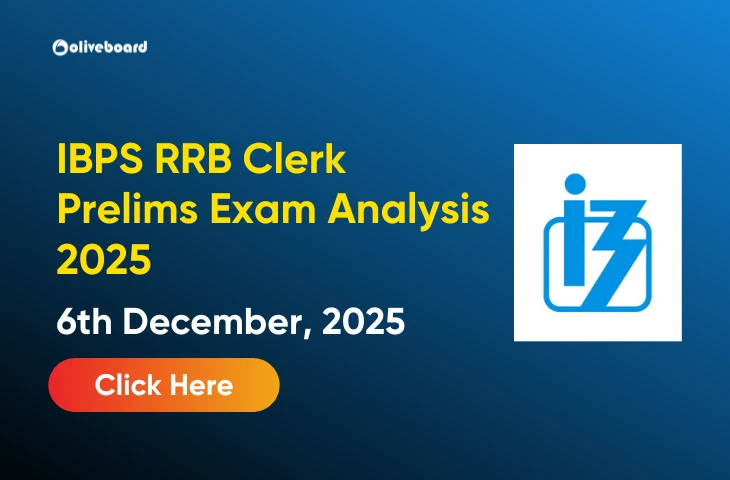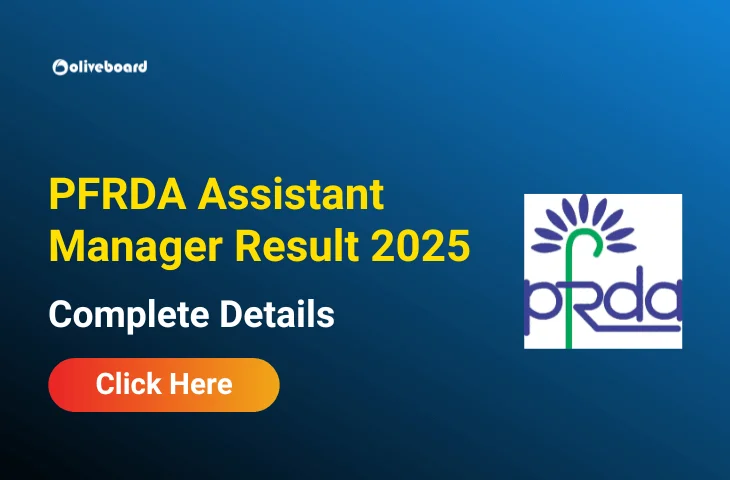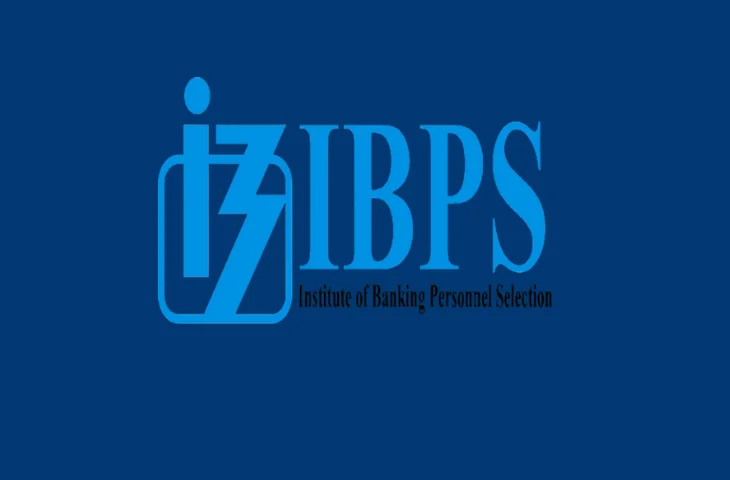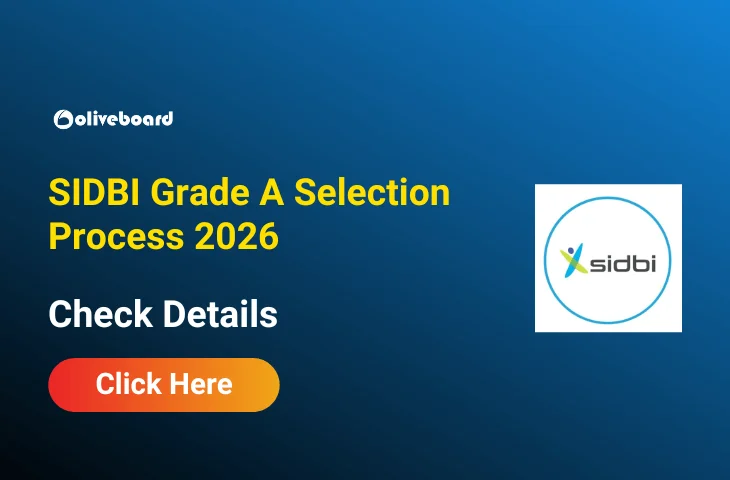HTML Full Form
HTML stands for “HyperText Markup Language”. It is a standard markup language used to create and structure the content of web pages. HTML provides a set of elements or tags that define the structure of a web page and specify how its content should be displayed in a web browser. In this article, we will unveil the full form of HTML, and explore its significance, structure, and role in shaping the online landscape.
HTML Full Form in Hindi
HTML का मतलब “हाइपरटेक्स्ट मार्कअप लैंग्वेज” है। यह एक मानक मार्कअप भाषा है जिसका उपयोग वेब पेजों की सामग्री को बनाने और संरचना करने के लिए किया जाता है।
Understanding the Significance of HTML
The significance of HyperText Markup Language (HTML) is evident in several key aspects:
- Universal Language: HTML is the universal language of the web, enabling the creation of web content that can be accessed and displayed on various devices and browsers.
- Structure and Semantics: HTML defines the structure and semantics of web documents, allowing for the organized presentation of text, images, links, and multimedia.
- Accessibility: HTML plays a crucial role in making web content accessible to individuals with disabilities by providing features for text alternatives and navigation.
- Search Engine Optimization: HTML tags and elements are vital for search engine optimization (SEO), ensuring that web pages are discoverable by search engines.
The Structure of HTML
HTML documents are created using a combination of elements or tags, each serving a specific purpose. These elements include:
- <!DOCTYPE>: The document type declaration specifies the version of HTML being used.
- <html>: The root element that encloses all other HTML elements on the page.
- <head>: This section contains metadata about the document, such as the title, character encoding, and linked stylesheets.
- <title>: Specifies the title of the web page, which is displayed in the browser’s title bar or tab.
- <meta>: Provides information about the character encoding, author, and viewport settings.
- <link>: Links to external resources like stylesheets and icons.
- <script>: Includes JavaScript code that can enhance interactivity on the web page.
- <body>: Contains the main content of the web page, including text, images, links, and multimedia.
- <header>: Often used for the top section of a web page, which may include the site logo and navigation links.
- <nav>: Contains navigation links or menus.
- <main>: Encloses the primary content of the web page, excluding header and footer content.
- <section>: Divides the content into sections with distinct themes.
- <article>: Represents a self-contained piece of content, such as a blog post or news article.
- <aside>: Contains content related to the main content but can be considered separate from it, like a sidebar.
- <footer>: Typically used for information at the bottom of the page, such as copyright notices and contact information.
The Role of HTML in Web Development
HTML is the cornerstone of web development, as it structures the content and provides the framework for web pages. Web developers use HTML in combination with other technologies, such as Cascading Style Sheets (CSS) for styling and JavaScript for interactivity, to create dynamic and visually appealing websites and web applications.
Challenges and Evolving Standards
Web development and HTML standards are continually evolving to meet the changing needs of the online world. Challenges include:
- Cross-Browser Compatibility: Ensuring that web pages display correctly on various browsers and devices can be a challenge due to differences in rendering engines.
- Accessibility: Web developers must ensure that web content is accessible to all users, including those with disabilities.
- Responsive Design: With the rise of mobile devices, creating responsive web designs that adapt to different screen sizes has become essential.
- Security: Implementing security measures to protect against common web vulnerabilities is crucial.
The Future of HTML
The future of HTML lies in evolving standards, such as HTML5, which brings new features for multimedia, interactivity, and improved semantics. HTML will continue to adapt to the changing digital landscape, shaping the way we interact with web content and applications.
Conclusion – HTML Full Form
In conclusion, HTML, with its full form being “HyperText Markup Language,” is the fundamental markup language that underpins the World Wide Web. HTML provides the structure and semantics for web documents, allowing the organized presentation of text, images, links, and multimedia. It serves as the universal language of the web, making content accessible and discoverable. HTML’s significance in web development is paramount, and it continues to evolve to meet the challenges and opportunities of the ever-changing online landscape. As the backbone of web development, HTML remains a cornerstone in shaping the digital world we interact with daily.
- RBI Grade B Exam Analysis 6th December 2025, Difficulty Level
- IBPS RRB Clerk Prelims Exam Analysis 2025, 6th December, All Day, All Shifts
- PFRDA Grade A Final Result 2025 Out, Download Result PDF
- IBPS PO Mains Scorecard 2025 Out Soon, Check and Download Marksheet
- SSC CGL Tier 2 Study Plan 2025 for Last 15 Days Before Exam
- SIDBI Grade A Selection Process 2026, Know About All Phases
HTML Full Form – FAQs
Ans. HTML stands for “HyperText Markup Language.”
Ans. HTML का मतलब “हाइपरटेक्स्ट मार्कअप लैंग्वेज” है।

Hello, I’m Aditi, the creative mind behind the words at Oliveboard. As a content writer specializing in state-level exams, my mission is to unravel the complexities of exam information, ensuring aspiring candidates find clarity and confidence. Having walked the path of an aspirant myself, I bring a unique perspective to my work, crafting accessible content on Exam Notifications, Admit Cards, and Results.
At Oliveboard, I play a crucial role in empowering candidates throughout their exam journey. My dedication lies in making the seemingly daunting process not only understandable but also rewarding. Join me as I break down barriers in exam preparation, providing timely insights and valuable resources. Let’s navigate the path to success together, one well-informed step at a time.
